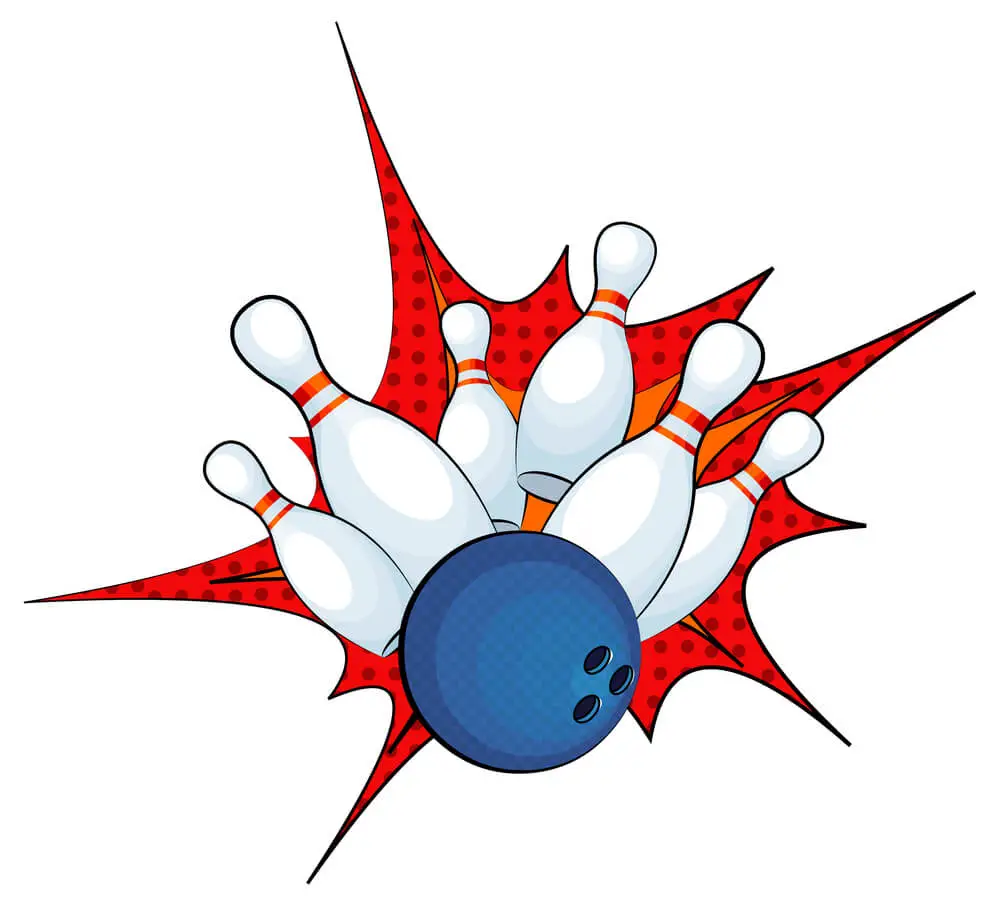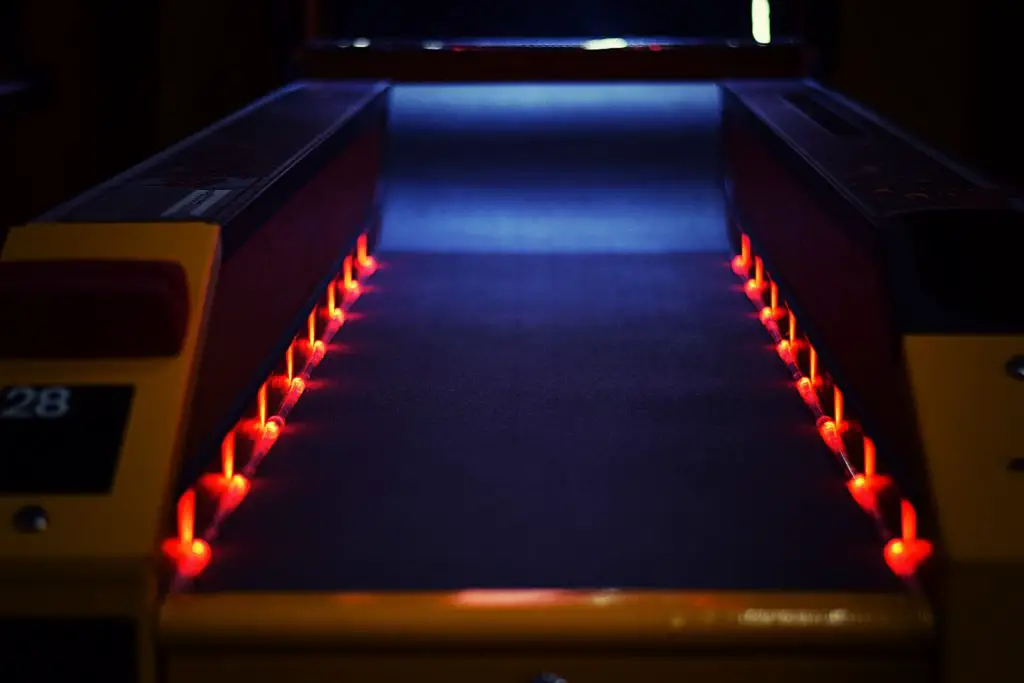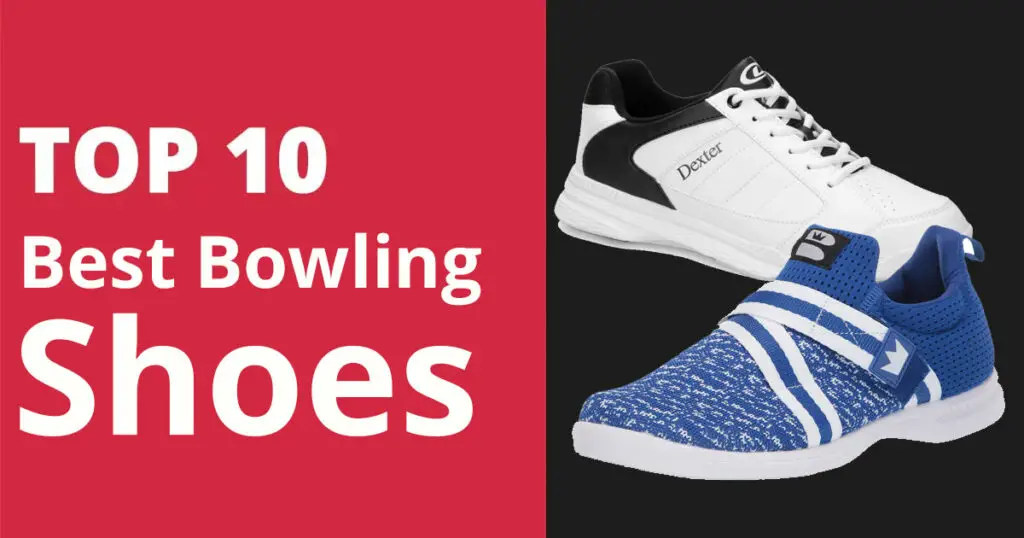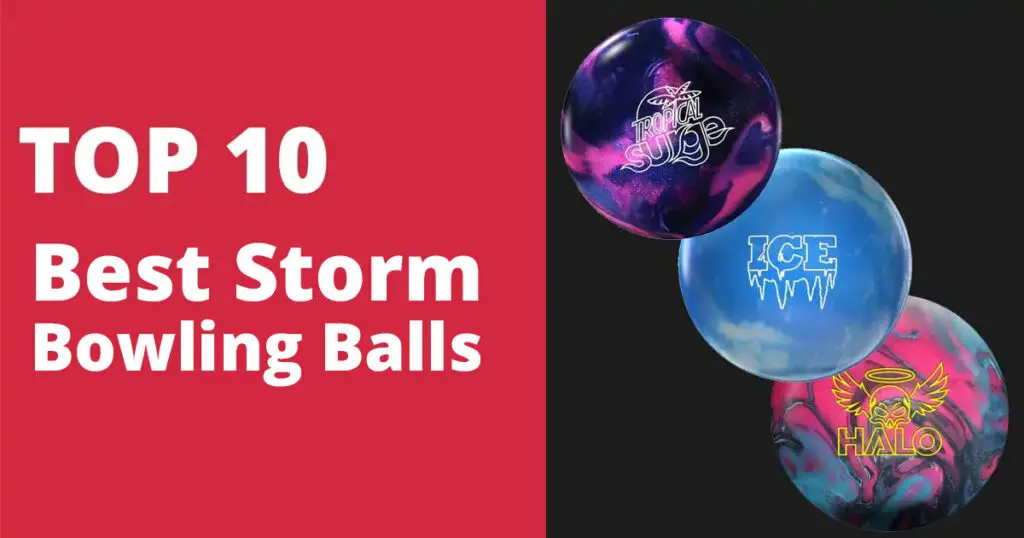Choosing a bowling ball can be a daunting task for any bowler because there are so many choices available. The right choice will vary from person to person, depending on their level of play, experience, and what style they bowl. In this article, we will get you started in the right direction with some tips and guidelines to meet your bowling ball needs.
Bowling balls are available in many different surface types, which can be classified as either reactive or non-reactive coverstocks. Reactive coverstocks offer more hook potential than the same ball with a non-reactive (or release) type of coverstock. The hooks created by the reactive coverstocks can be controlled through surface finishing, which is often called the polish types:
To create better traction or “grip” on the lane through friction, you need to apply a high level of polish to your bowling ball. If there is no friction between the ball surface and the lane, then the bowling ball will slide too much during its travel down the lane, usually resulting in an unwanted reaction.
Reaction Types
Bowling balls can be described as having a positive or negative reaction when they hit the pins. A ball that has a more aggressive motion at the breakpoint than it does through most of its mid-lane and backend is considered to be strong in its overall reaction. The opposite would be true if the ball reacts later than it does upon initial breakpoint contact, and this type of reaction is considered to be weaker.
If you are one that likes to play outside angles or move left to right on the lane, then a positive (later) reaction ball would be the best choice for you. On the other hand if you want more predictable motion throughout its travel down the lane and like hitting the pocket with a good, strong motion, then you would choose an earlier (positive) reaction ball.
Before moving on to the next section about coverstocks, let’s look closely at the three different styles of bowling balls that are most common for recreational bowlers today.
When it comes to choosing a bowling ball for beginners, you want something that will be easy to control and won’t require a lot of effort or skill. In this case, you should select a ball with an asymmetric weight block design.
To give beginners the best opportunity for success on the lanes, manufacturers have made bowling balls easier to hook by using asymmetric cores and flatter ball reactions. The only downside of this type of ball is the fact that they are less forgiving than non-asymmetric balls if you make a poor shot.
What are the 3 things to help you select the correct bowling ball?
- Asymmetric weight block design,
- Reactive coverstock type, and
- Flatter overall ball reaction.
What are the 3 things to avoid when selecting a bowling ball?
- Non-reactive (or release) type of coverstock surface finish,
- Strong (later) reaction ball on most lane conditions, and
- Softer bowling ball coverstocks.
What would you suggest for a beginner bowler?
A ball with an asymmetric weight block design,
A reactive coverstock type, and
A flatter overall ball reaction.
How to choose the right house ball?
Which is generally the easiest ball to control and predict: asymmetric core or an asymmetric weight block design?
An asymmetric weight block design will generally give you better hook potential, but it will be more difficult to control on less than perfect lane conditions. The asymmetric core is easier for beginners to play straight down the middle of the lane, but it is also the least forgiving if you make a mistake.
What does surface finish mean?
The degree of difficulty in making a shot on less than perfect conditions: how much traction or grip the ball has to offer.
Reactive coverstocks provide more traction than non-reactive coverstocks and will allow the bowler to break down the pocket earlier. The downside is that they are not as forgiving when it comes to playing inside angles or hitting the outside part of the lane.
When would you use a stronger ball reaction?
On fresh oil conditions, when there is little traffic on the lanes, and when you have plenty of room to play with inside angles.
What should bowling ball I use as my first ball?
Asymmetric core with a non-reactive coverstock surface finish.
A ball that is not asymmetric and has a very smooth, polished bowling ball coverstock will help you control where the ball goes in most lane conditions. It will also be very forgiving if you make a mistake because it offers little traction or hook potential, to begin with
What is an entry level bowling ball?
A ball that is not asymmetric with a very smooth, polished bowling ball coverstock.
What is a rev rate?
The speed of the bowling ball as it exits the hand on its initial breakpoint contact with the lane.
Low rev rates below 600 rpms generally offer more hook potential on less than perfect lane conditions while high rev rates over 900 rpms generally give you a flatter overall ball reaction on most lane conditions.
What is the average rev rate for a house ball?
The typical entry-level house ball has a low to mid 600’s rpm rev rate while advanced balls have a 500-700 range.
What are the 4 basic shots in bowling?
Draw, hook, push and uppercut.
What is a draw shot?
An inside-out move that turns the ball from right to left on the lane for left handed bowlers and from left to right for right handed bowlers. The term ‘draw’ comes from the way the ball draws across the oily part of the lane and curves to the pins.
What is a hook shot?
An outside-in move that turns the ball from left to right on the lane for left handed bowlers and from right to left for right handed bowlers. The term ‘hook’ comes from the way the ball hooks around the pin deck area and breaks into the pocket.
What is a push shot?
The ball path is at the same angle as the incoming ball path. The term ‘push’ comes from the fact that if you trace your hand and fingers through this type of delivery, they will form an imaginary straight line.
What is an uppercut?
An inside-out move that brings the ball from right to left on the lane for left handed bowlers and from left to right for right handed bowlers. The term ‘uppercut’ comes from the way the ball lifts into the pins.
When does a player use an extreme hook shot?
On heavy oil conditions when there are plenty of gutter balls being thrown but not enough strikes.
What is a continuation shot?
A term used to describe the way bowlers attack the pocket of bowling pins when there are not enough players on the lanes to cause an over reaction on many shots or on very heavy oil conditions when it’s difficult to get inside angles.
What are over reactions?
When lane conditions are extremely dry, the bowling ball will not be able to penetrate into the lane surface. The oil has been absorbed by the lanes and there is no longer enough of it to allow the ball to hook.
Where should I position my feet?
The inside foot should be about 4-6 inches behind the center of your body’s vertical axis. The outside foot should be about twice as close to the track area as the inside foot.
How do I know if my hand is in a position to deliver a straight ball?
If your fingers are pointing directly at the pins, you will most likely make a straight push or uppercut shot. However, if your fingers point toward the gutter, you will most likely make a hook shot.
What part of the lane should I play?
Bowling lanes are 40 feet long and ten pins are arranged in a diamond shape, stacked vertically from the foul line to just past the midpoint. The three bottom-most pins are referred to as ‘the oil rack’ or ‘the pocket.’ To be successful when playing straight, you need to play between the center pin and one of the others in the pocket.
What is a direct line?
The shortest distance from your hand to the pins or target. This will give you maximum control and accuracy for making solid contact with fewer deflections which could cause a loss of ball reaction and therefore a loss of pin carry.
How do I know what line to shoot?
To play a direct line, your hand should be no more than two inches from the inside edge of the five pin. This will keep you on a direct line and ensure that your ball hits as many pins as possible with every delivery.
What is a swing path?
The imaginary line your bowling ball takes on its way to the pins. A swing path that is too straight will result in too much hook or not enough hook. A swing path that is more direct than it wide tends to result in a push shot.
So to choose the right bowling ball, your first bowling ball, you need to feel before you throw. You need to be able to know if the ball has enough hook, enough length, enough strength to stay on the lane. There is not a certain number of pins you must hit per game.
Every bowler is unique and each one has different needs when it comes to choosing bowling equipment. So there are no hard and fast rules about how many pins you should hit per game.
The professionals are bowlers with high averages who throw straight or maybe a little left of center on the lane. But they are still considered straight throwers, their balls hook very little. They still have to make adjustments for oil conditions, but generally speaking, they do not change equipment every time there is different conditions on the lanes.
So choose your ball according to your needs and/or solve problems you currently have with your equipment. Do not buy a new bowling ball every time you change lane conditions or oil patterns, because if you do that, it will be like throwing all day long and never finding what works best for you and practicing bad habits in the process.
Remember: bowling balls are not like golf drivers! You do not need to change equipment all the time, you can have a great average with just one ball. It is not about how many pins you hit every game, it is about throwing the best shot possible and getting a strike more often than your opponent!





